
|
|
|
| synonym |
|
| description |
Bluish overall with uniformly blue wings, thorax, and head; there is a slight, faint curved row of white spots at the base of wing cells near the tips. The legs are yellowish with black feet, and the abdominal segments seem to be outlined in yellow. The phallus (reproductive claspers) are well-developed and very large in mature individuals (see above); the phallus has a key-like, jagged shape to the opening. See here for the underside of a female, which shows the sternite is yellowish. |
| distribution |
Eastern North America (UDEL) |
| abundance |
Recorded from the mountains where this species can occur in large numbers, with hundreds to thousands inhabiting fields; probably more abundant throughout the mountains in the right habitat. |
| seasonal_occurrence | |
| habitat |
Has been found in a variety of habitats: open forest, field and brushy vegetation, near mixed hardwood forest, etc. |
| plant associates |
Derbidae are known or assumed to feed on fungal hyphae as immatures. Adults have been associated with: Betula (birch, Betulaceae) and Andropogon (Poaceae), and have been found in large numbers resting on milkweed and other field vegetation. (UDEL). |
| behavior |
Can be attracted at night with a light. |
| comments |
A majority of Cedusa look very similar externally, appearing bluish overall. The only way to make a positive ID for many of the species at this point is to examine the genitalia of the males. Therefore, a male specimen is necessary for many species' identifications. Detailed, clear photographs of the male underside showing the genitalia can also be helpful, and perhaps the hope is that after observing enough specimens of a particular species, there may be slight external features that can be associated with an ID.
This particular species is closely related to kedusa and therefore has similarly-shaped reproductive claspers; see each respective page to compare images. |
status |
[Native:]
[Introduced:]
[Extirpated:] | | list_type |
[Official:]
[Provisional:] |
| adult_id | Unmistakable and widely known Identifiable from good quality photos of unworn specimens
Identifiable from photos showing undersides, or other specialized views [e.g., legs, face]
Identifiable only by close inspection of structural features or by DNA analysis NULL |
| nymph_id | Unmistakable and widely known Identifiable from good quality photos, especially where associated with known host plants
Identifiable from close inspection of specimens or by DNA analysis
Identifiable only through rearing to adulthood NULL |
| G_rank |
|
| S_rank |
|
| rank_comments |
|
| tribe |
Cedusini |
| subgenus |
|
Species Photo Gallery for Cedusa incisa No Common Name |
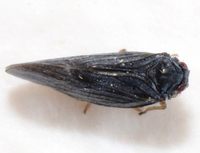 | Photo by: Kyle Kittelberger, Brian Bockhahn, Paul Scharf
Avery Co.
Comment: open area near mixed hardwood forest; male | 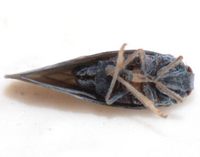 | Photo by: Kyle Kittelberger, Brian Bockhahn, Paul Scharf
Avery Co.
Comment: open area near mixed hardwood forest; male |
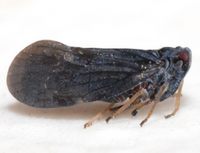 | Photo by: Kyle Kittelberger, Brian Bockhahn, Paul Scharf
Avery Co.
Comment: open area near mixed hardwood forest; male |  | Photo by: Kyle Kittelberger, Brian Bockhahn, Paul Scharf
Watauga Co.
Comment: brushy, field-type habitat; found everywhere, on milkweed and other plants; FEMALE |
 | Photo by: Kyle Kittelberger, Brian Bockhahn, Paul Scharf
Watauga Co.
Comment: brushy, field-type habitat; found everywhere, on milkweed and other plants; male |  | Photo by: Kyle Kittelberger, Brian Bockhahn, Paul Scharf
Watauga Co.
Comment: brushy, field-type habitat; found everywhere, on milkweed and other plants; male |
 | Photo by: Kyle Kittelberger Paul Scharf, Brian Bockhahn
Watauga Co.
Comment: Observed on Leaf |

 »
»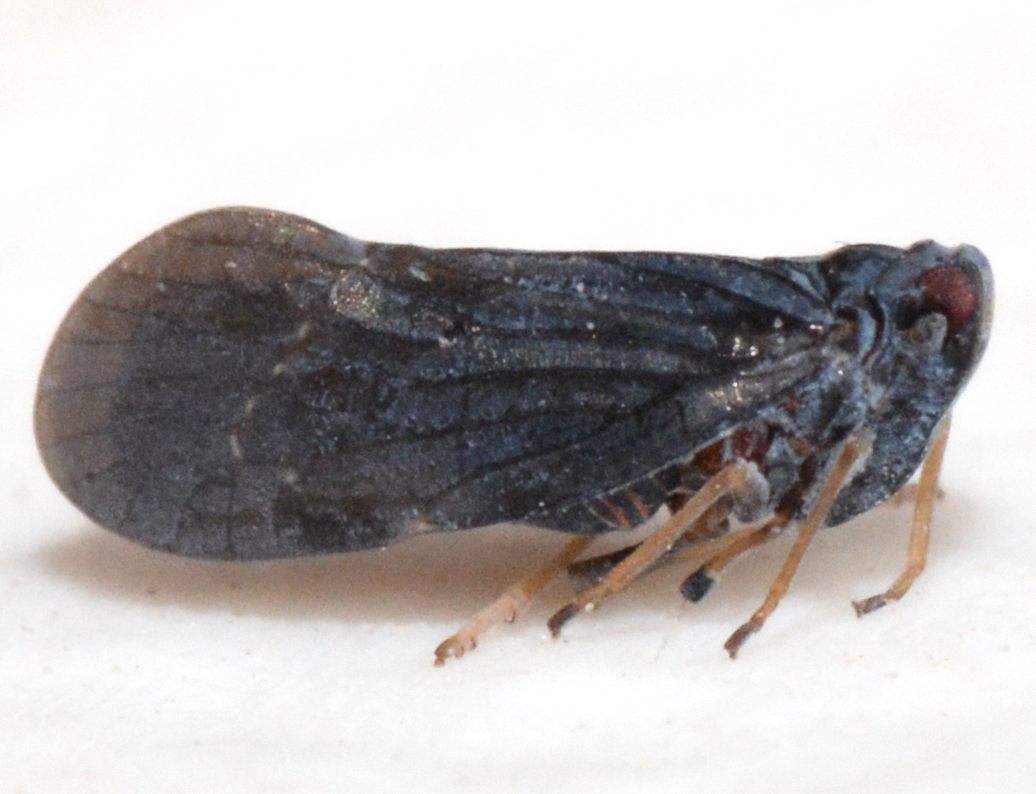
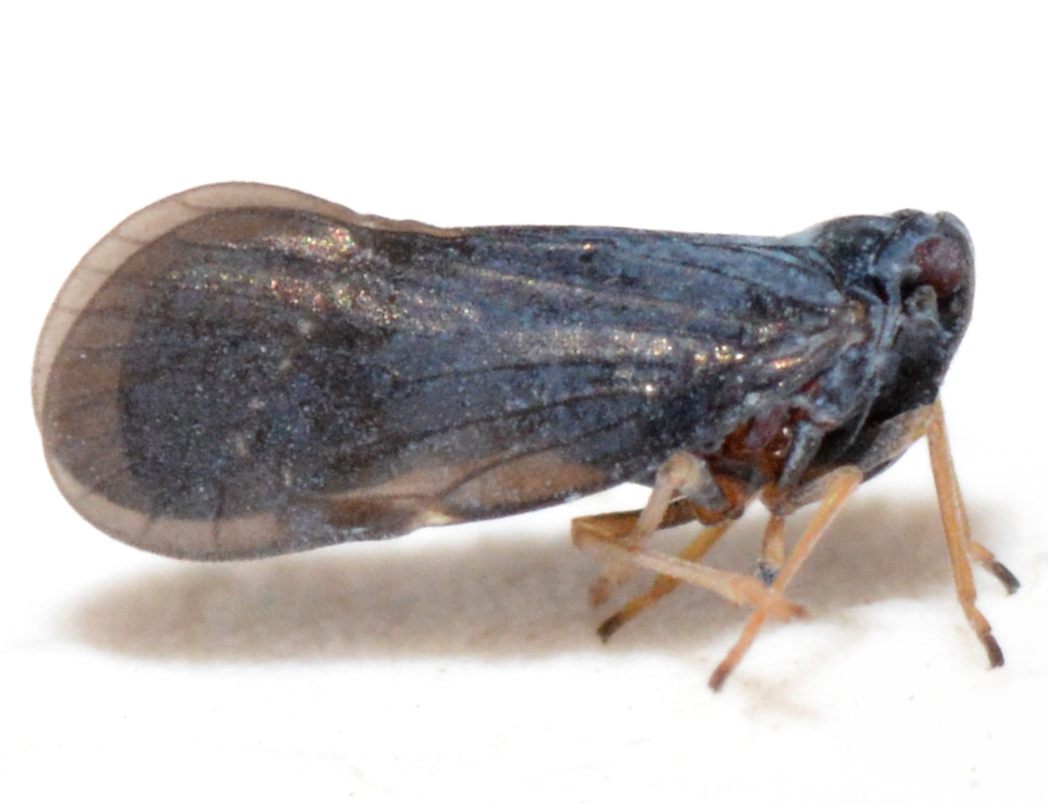
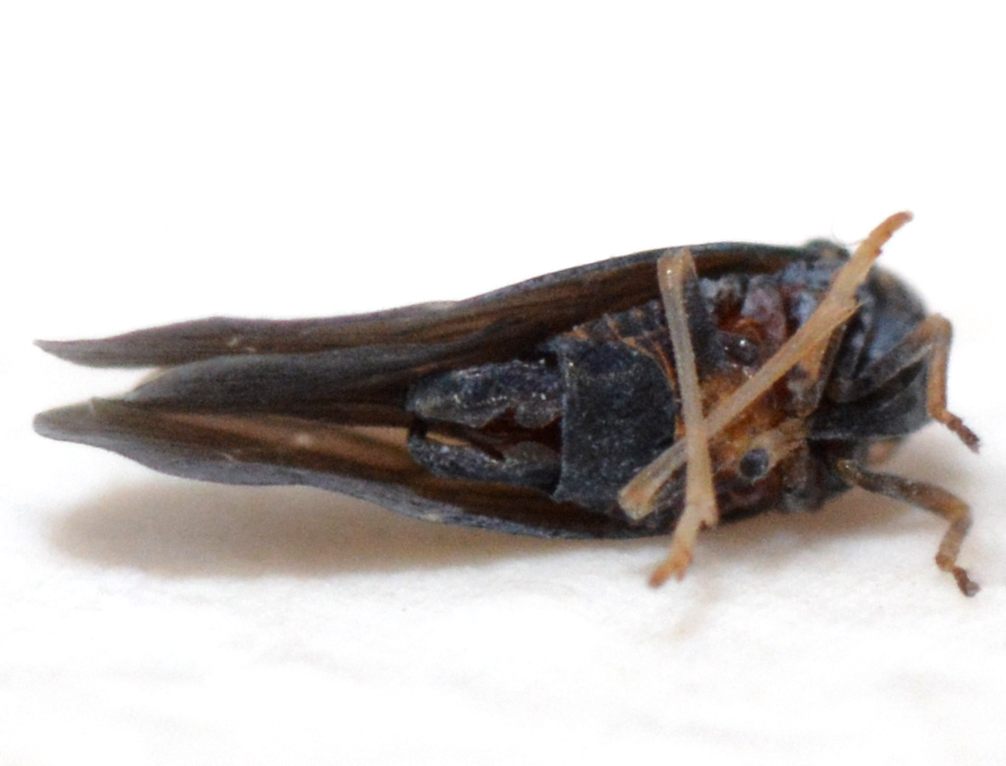


 »
»


